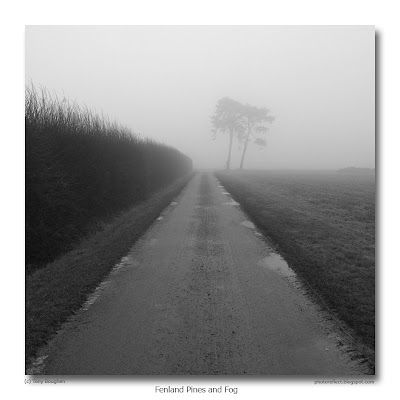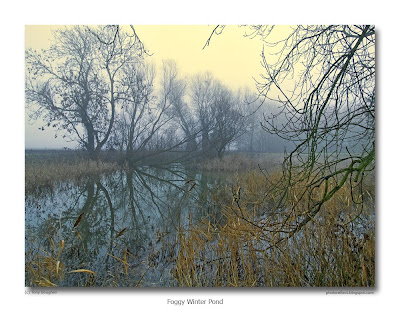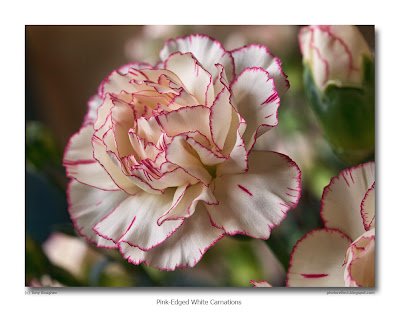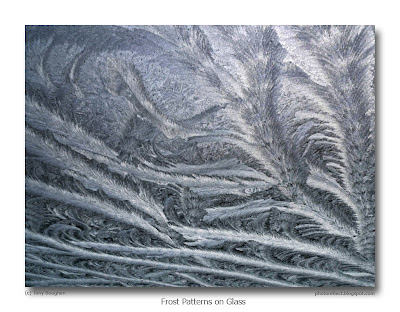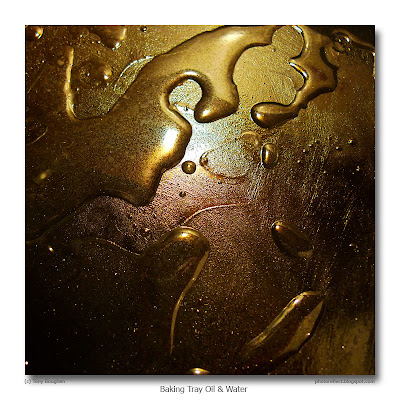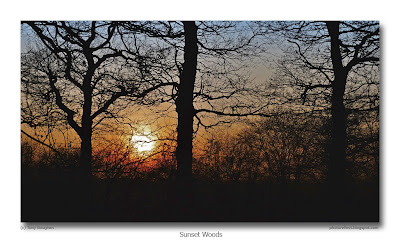
 click photo to enlarge
click photo to enlargeArchitectural historians know St Denys in Sleaford, Lincolnshire, as a beautiful, interesting and intriguing parish church. The stone broach spire is one of the earliest to be found anywhere, dating from around the beginning of the thirteenth century (see also Frampton, Lincolnshire.) The blank arcading with rounded arches and circular windows above the west door show that the tower base is earlier still.
However, the aisles to the left and right of the tower, with their big, flamboyant (in the sense of "flowing" or "flame-like") windows are fourteenth century, and it is the way that later builders brought these forward, virtually level with west wall of the tower that prompts disagreement. Some see it as awkward, this large flat area at the "front" of the church overlooking the market place. They say it prevents the tower from being seen in all its beauty, and that the multiplicity of gable ends, and pinnacles is visually confusing. Others like it, valuing its different approach to composition compared with most other English churches, and revelling in the richness that the fourteenth century work (Decorated period) brings to the more austere early twelfth century structure (Early English period.)
What all agree on is the beauty and innovative variety of the fourteenth century aisle windows - "some of the finest Decorated tracery in England", says Betjeman: "the great Sleaford windows", Pevsner calls them, and adds that, "their detail varies infinitely...it is a prolonged delight to follow the mason's inventiveness along the building." I agree with both on the windows but I'm with Betjeman on the composition of the west end: I like it. Pevsner's observation that "it makes the old tower look glum" is something I don't see. But his criticism of the fifteenth century clerestory - that it isn't an effective contribution to the existing architecture - is something with which I can concur. Their mechanical regularity and repetition sit uneasily with the tower and the imaginative fourteenth century windows below.
The roofscape view was taken on a visit to Sleaford in late February. I've taken this shot many times, but finally (and unexpectedly) got this one that I like on a dark, overcast day. The photograph of the west front was taken in January when the square was filled with cars rather than the small market that is still held weekly.
photograph & text (c) T. Boughen
Photo 1 (Photo 2)
Camera: Lumix LX3
Mode: Aperture Priority
Focal Length: 5.1mm (24mm/35mm equiv.) (12.8mm (60mm/35mm equiv.))
F No: f4 (f2.8)
Shutter Speed: 1/640 (1/60)
ISO: 80
Exposure Compensation: -0.66 (-0.33) EV
Image Stabilisation: On







